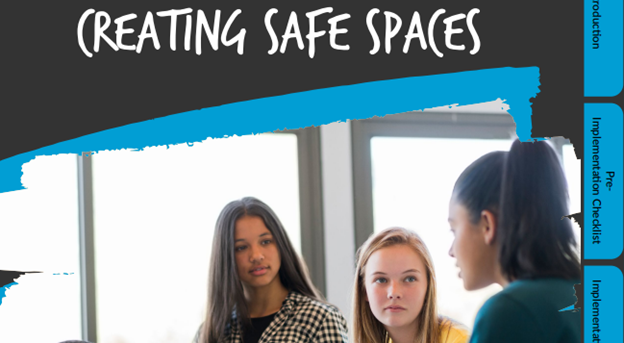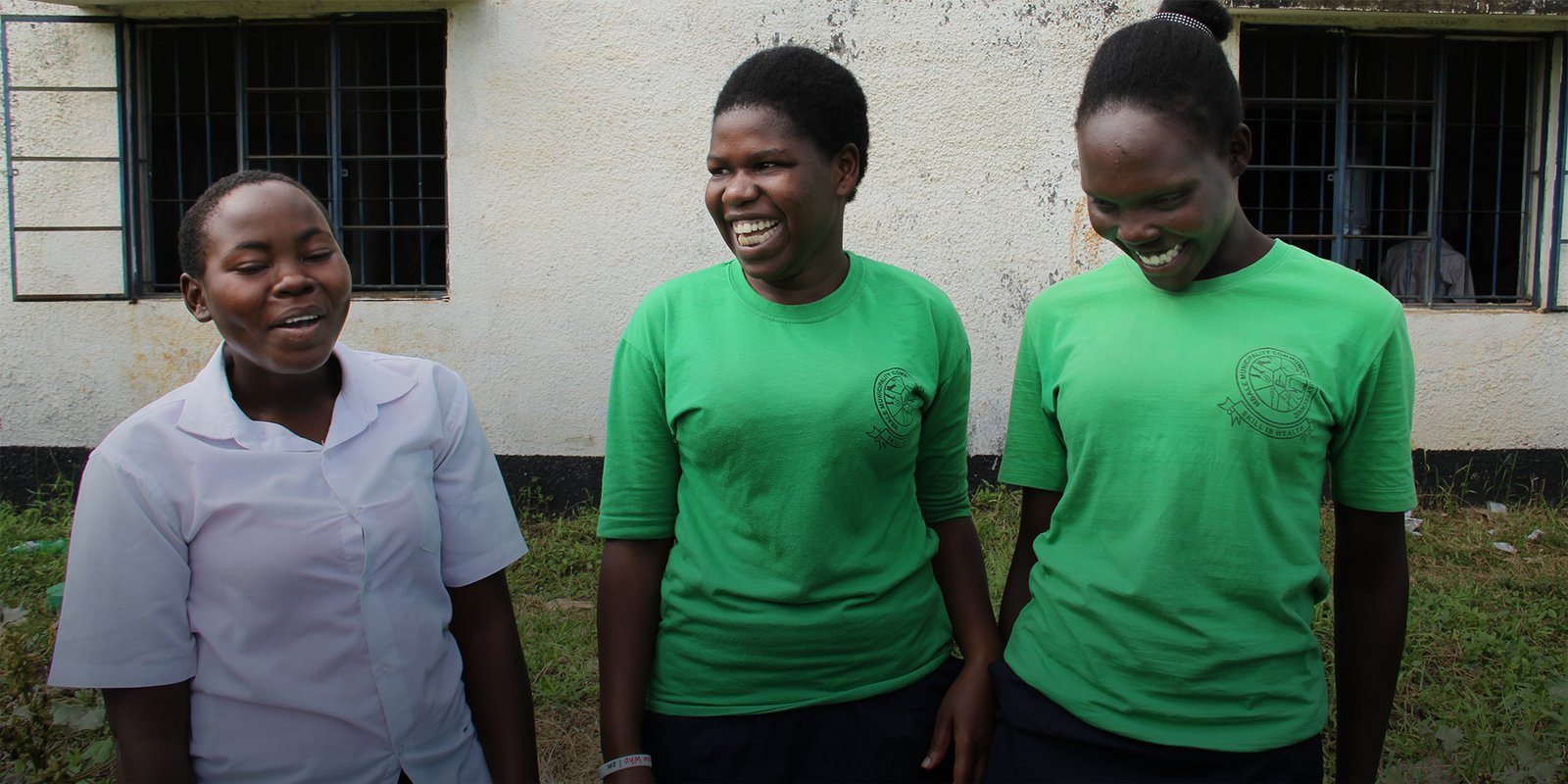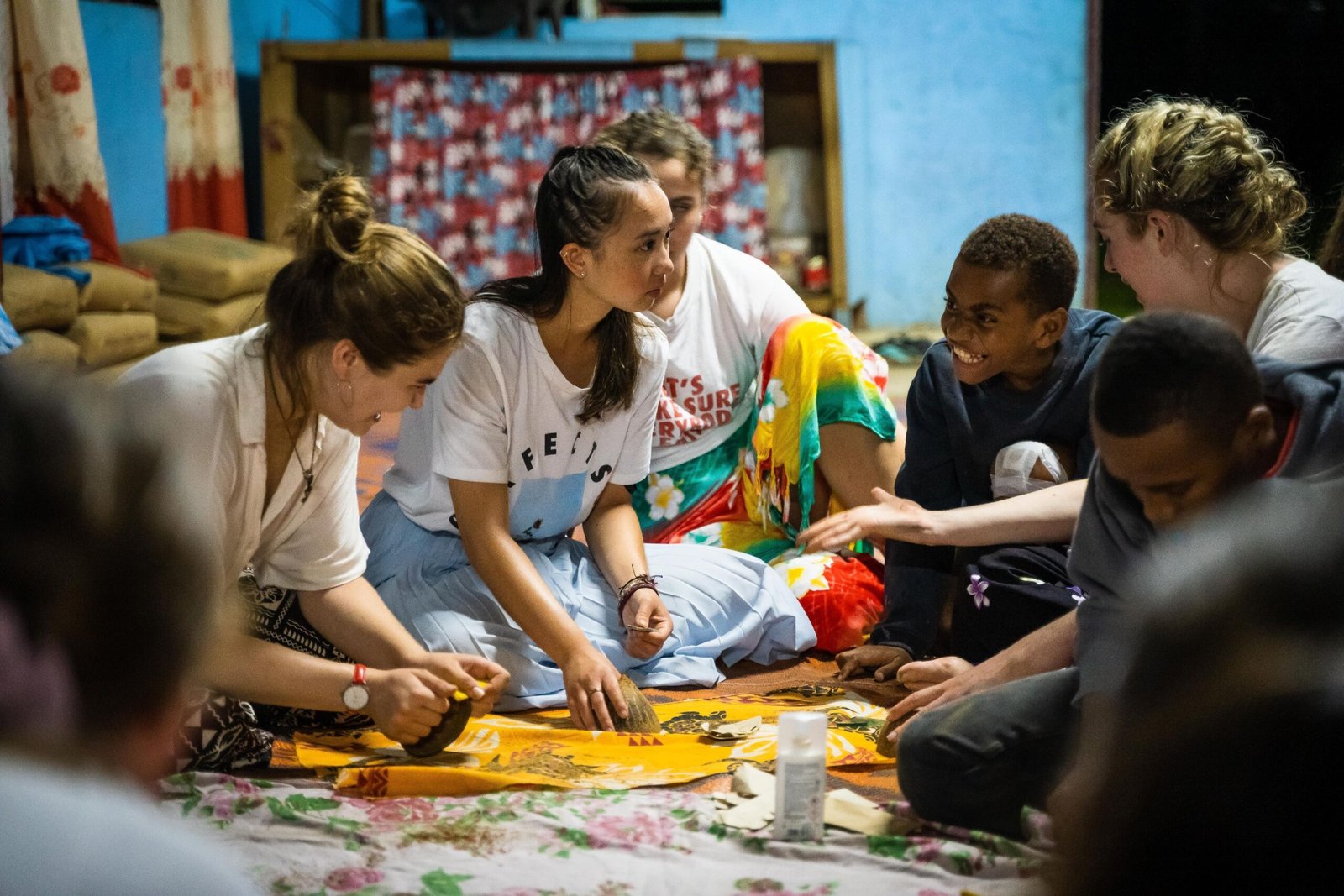Creating safe spaces for youth is essential in fostering environments where they can grow, explore, and thrive. Safe spaces provide young people with the opportunity to express themselves without fear of judgment, offering emotional, mental, and physical safety that encourages development and empowerment. Here’s why safe spaces are critical for youth, and how to create them:
1. Promoting Emotional Safety
One of the key elements of a safe space is emotional safety. Youth need a space where they feel comfortable sharing their thoughts and feelings without fear of ridicule or rejection. Emotional safety allows them to express vulnerability and build resilience in the face of challenges.
- Fostering Open Communication: Encouraging open communication in safe spaces allows youth to explore their emotions, understand their feelings, and receive support from trusted individuals. This emotional outlet helps them navigate challenges like peer pressure, identity struggles, and mental health issues.
2. Encouraging Personal Growth and Development
Safe spaces provide young people with the freedom to grow and experiment without fear of failure. Whether in educational settings, community centers, or online platforms, these spaces allow youth to discover their passions, talents, and strengths.
- Empowerment Through Exploration: In safe spaces, youth can explore new ideas, try new activities, and take risks without fear of negative consequences. This encouragement boosts self-esteem and helps them develop into confident and empowered individuals.
3. Building Trust and Healthy Relationships
A safe space is one where trust and respect are paramount. Building healthy relationships with peers and mentors in these spaces helps youth develop social skills, learn empathy, and understand the value of healthy, supportive connections.
- Developing Social Skills: In safe spaces, youth learn how to navigate conflicts, communicate effectively, and support one another. These relationships teach the importance of mutual respect, creating strong bonds that can last into adulthood.
4. Promoting Inclusivity and Diversity
Safe spaces celebrate diversity, ensuring that youth from all backgrounds, identities, and experiences feel welcome and valued. These spaces help young people appreciate differences and foster inclusivity, combating discrimination and prejudice.
- Encouraging Tolerance and Respect: Inclusivity is central to safe spaces, where youth are encouraged to learn from one another, celebrate their differences, and collaborate to create a positive and diverse environment. This helps build a generation that values equity and social justice.
5. Supporting Mental Health and Well-being
A safe space plays a crucial role in supporting mental health. Youth who feel safe and supported are less likely to experience mental health challenges like anxiety, depression, and loneliness. When they have access to positive environments and resources, they are more likely to develop coping strategies and resilience.
- Reducing Stress and Anxiety: By offering emotional support and a sense of security, safe spaces reduce the stress and anxiety that many youth face in today’s fast-paced world. These spaces become refuges where they can recharge, talk openly about their concerns, and receive guidance.
6. Facilitating Empowerment and Leadership
In a safe space, youth are empowered to take leadership roles and make decisions. These spaces foster a sense of responsibility, where young people can lead projects, influence their communities, and advocate for their rights.
- Youth as Leaders: Providing opportunities for youth to take on leadership roles builds confidence and equips them with the skills necessary to influence change. As they lead initiatives, they gain a sense of purpose and become role models for others.
7. Encouraging Academic and Extracurricular Success
Safe spaces support youth in their academic and extracurricular pursuits by offering the encouragement and resources they need to succeed. These environments nurture a love for learning and provide mentorship and guidance to help youth achieve their goals.
- Academic Support: Safe spaces allow youth to access tutoring, study groups, and other academic resources. They can seek help without fear of judgment, making them more likely to excel in school and pursue higher education opportunities.
8. Preventing Risky Behaviors
A key aspect of safe spaces is prevention. When youth feel supported and understood, they are less likely to engage in risky behaviors such as substance abuse, violence, or unsafe relationships. Safe spaces provide positive alternatives and promote healthier choices.
- Providing Positive Alternatives: By engaging youth in productive activities, safe spaces offer alternatives to risky behaviors. Youth are encouraged to participate in creative, athletic, or educational activities that foster personal growth and well-being.

9. Encouraging Youth Empowerment
Safe spaces are essential for youth empowerment. When youth are provided with resources, mentorship, and opportunities for self-expression, they become more confident in their abilities and are motivated to take action in their communities.
- Empowerment for Change: Empowered youth are more likely to advocate for themselves and others. They become agents of change, working toward social justice, environmental sustainability, and community betterment. Safe spaces encourage youth to be leaders in making positive societal changes.
10. Support for Families and Communities
Creating safe spaces not only benefits the youth involved but also strengthens families and communities. These spaces provide support for parents and caregivers, helping them better understand and support their children.
- Building Stronger Communities: By creating a culture of safety and support, communities become more connected and resilient. Parents, teachers, mentors, and peers work together to create environments where youth can thrive and contribute to the collective well-being.
Conclusion
Creating safe spaces for youth is not just about providing physical security—it’s about nurturing emotional, mental, and social well-being. These spaces empower youth to explore their potential, build meaningful relationships, and become active leaders in their communities. By investing in safe spaces, we give young people the opportunity to thrive, fostering the leaders and changemakers of tomorrow.




